Cardano (ADA), the blockchain platform which prides itself on its extensive research into its processes, has its ADA token rise above $2 and is currently trading at $2. 14. Such a massive price surge has drawn public attention to the project and its capability to disrupt Ethereum’s monopoly in the smart contracting arena.
Having the market capitalization of $74,568,321,456 and the 24-hour trading volume of $3,215,987,654 Cardano is strengthening its positions in the list of cryptocurrencies by the market value.
In this case, ADA’s recent rise in price can be attributed to several reasons with the major one being the increased usage of Cardano’s smart contract capabilities. This has been the case since the Alonzo hard fork that brought smart contract functionality to the Cardano network with several dApps being developed on the network.
This growing ecosystem is increasing the need for ADA tokens, which are paid for fees for transactions and to exercise governance of the network. There have also been increasing adoption by institutional investors with several large investment firms incorporating ADA in their list of digital currencies.
The scientific basis of the project and the focus on the sustainable approach to blockchain development have been appreciated by investors who seek greener projects than proof-of-work cryptocurrencies such as Bitcoin. In addition, Cardano continues to work on the primary layers of the protocol and has attracted not only developers but users as well.
The next Hydra layer-2 scaling solution is eagerly expected to greatly enhance the network’s transaction rate, which may make Cardano one of the speediest and most effective blockchain platforms.
However, there is always the question of how sustainable such an increase in the ADA asset can be, as with all the other assets that are rapidly appreciating. Quite a number of analysts have opined that at the current price level, the token might be overbought and therefore ripe for a pull back. Further, Cardano is threatened by other smart contract platforms such as Ethereum, Solana, Polkadot, and many others that are fighting for the market niche in the emerging DeFi space.
Nevertheless, the majority of the members of the crypto community continue to look at the future of Cardano with hope. The fundamental layers are already well developed and the ecosystem is growing, which means that the project has a great potential for development, while the number of active developers only confirms this fact. With more dApps being developed and deployed on Cardano and as more people embrace the use of the network, ADA’s fundamentals are expected to improve even further.
The next few months will prove critical for Cardano as it aims to build on the recent achievements to become one of the major players on the market for smart contracts and DeFi solutions. Whether it can sustain the kind of growth to really pose a threat to Ethereum is debatable but one thing is for sure, Solana has turned heads in recent times among investors and market observers.

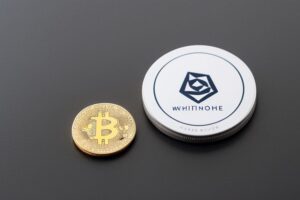




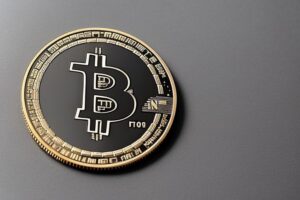

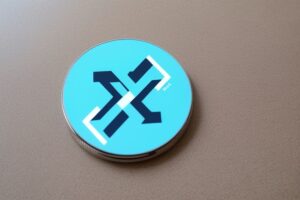

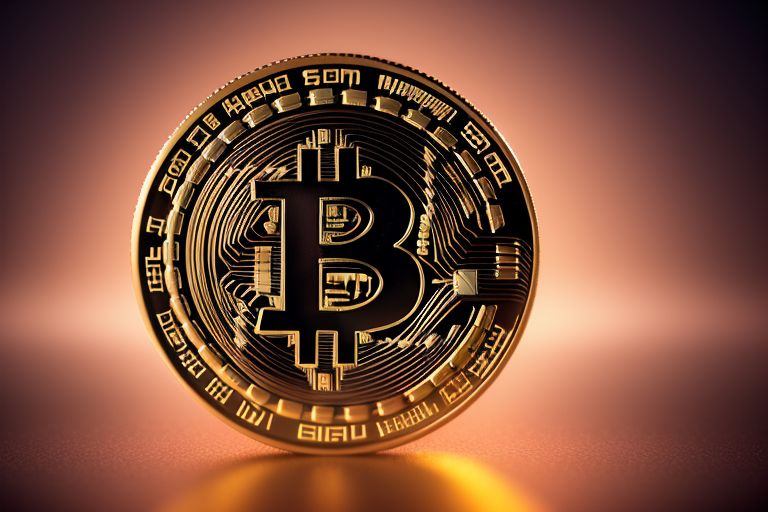
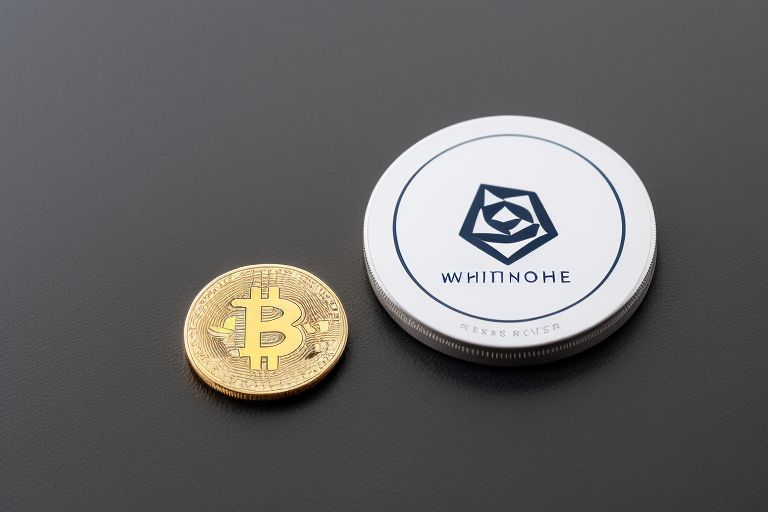
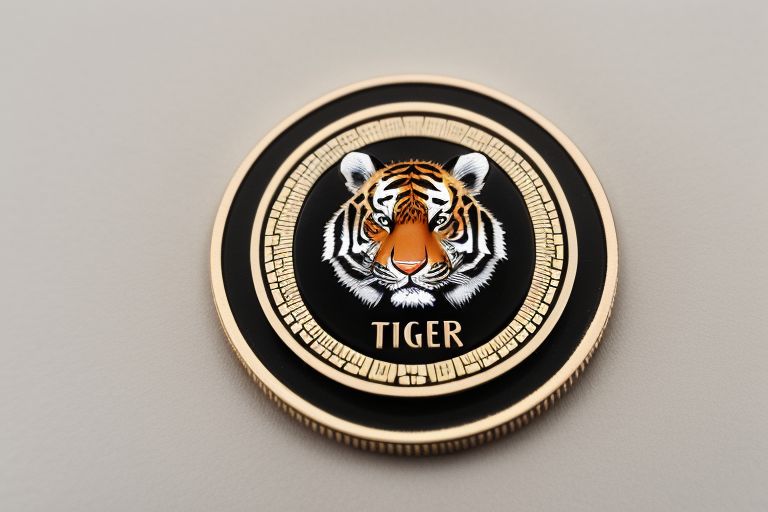


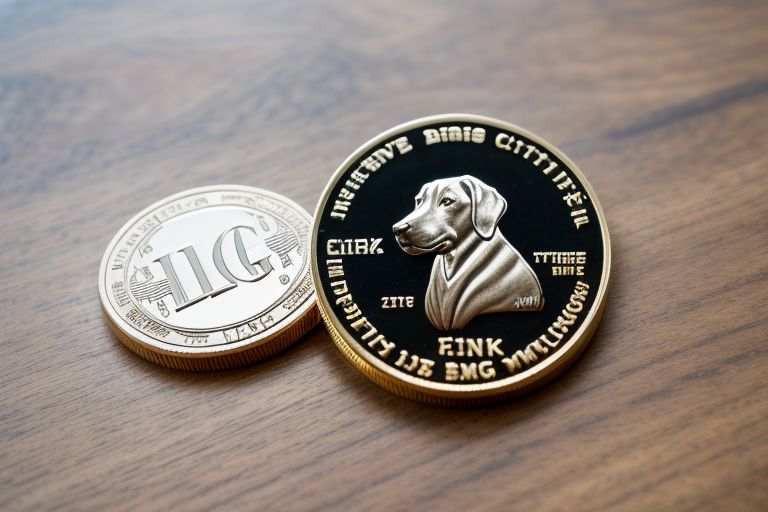

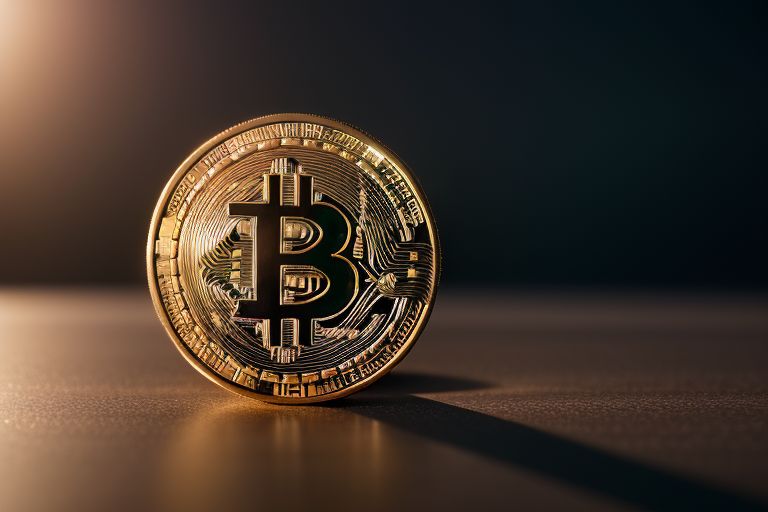
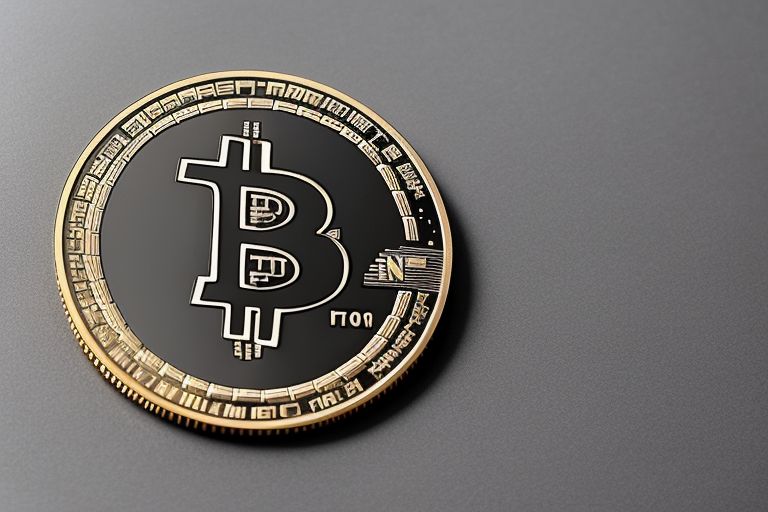
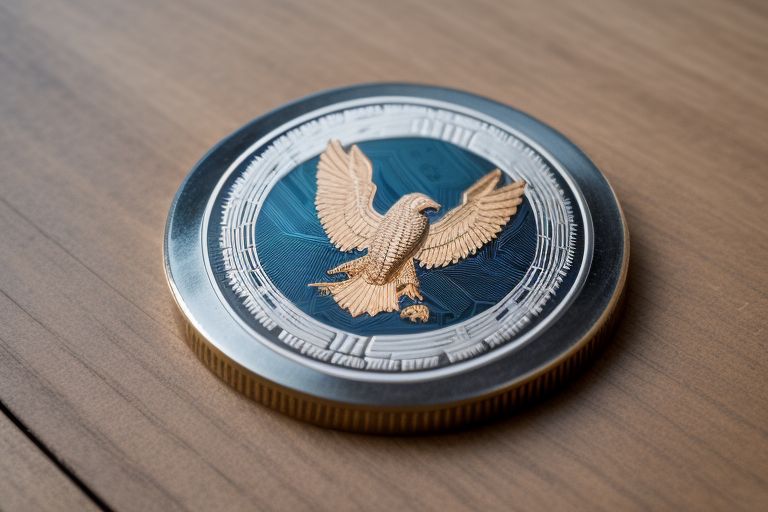
+ There are no comments
Add yours